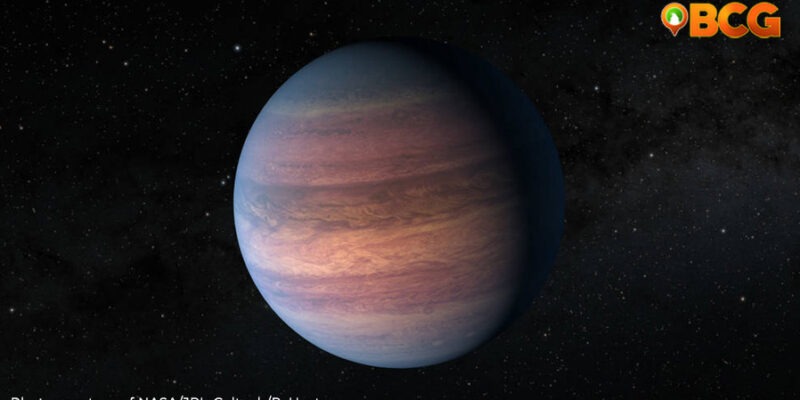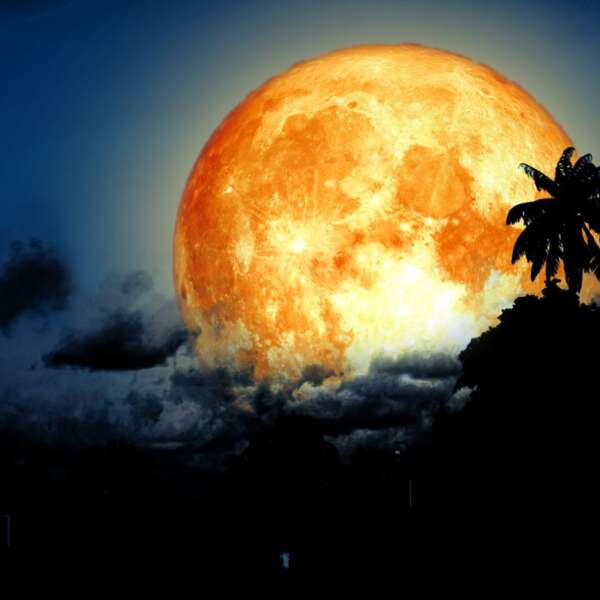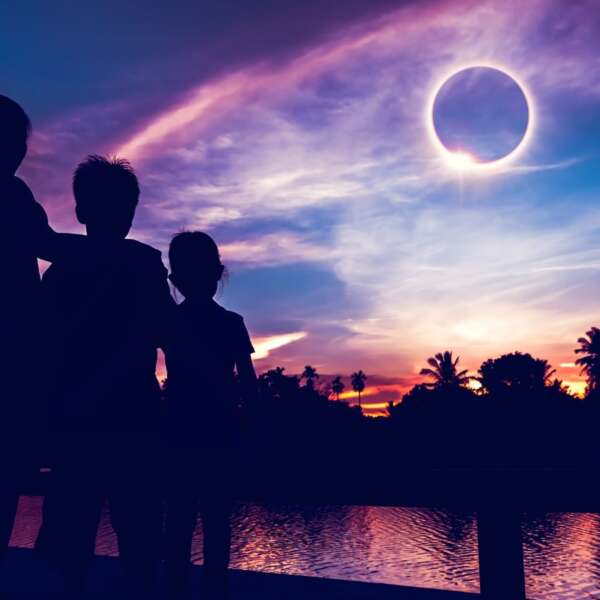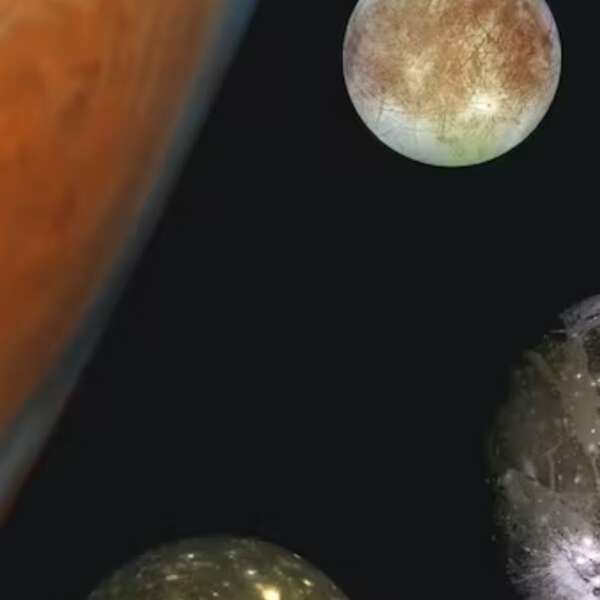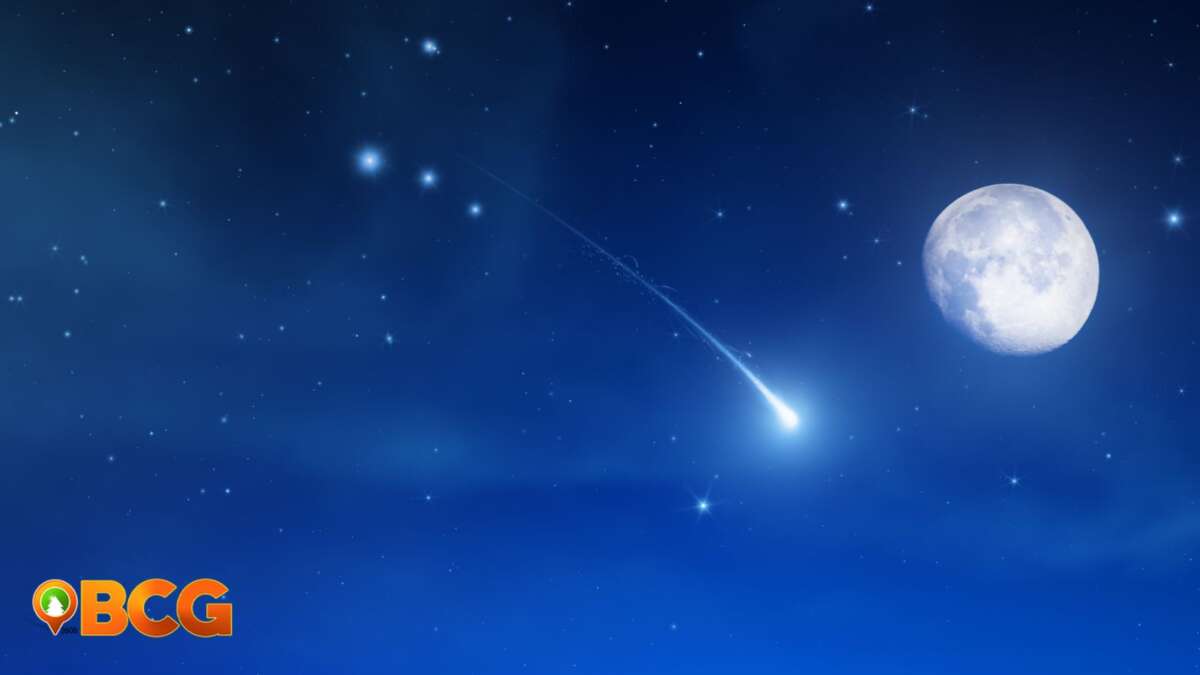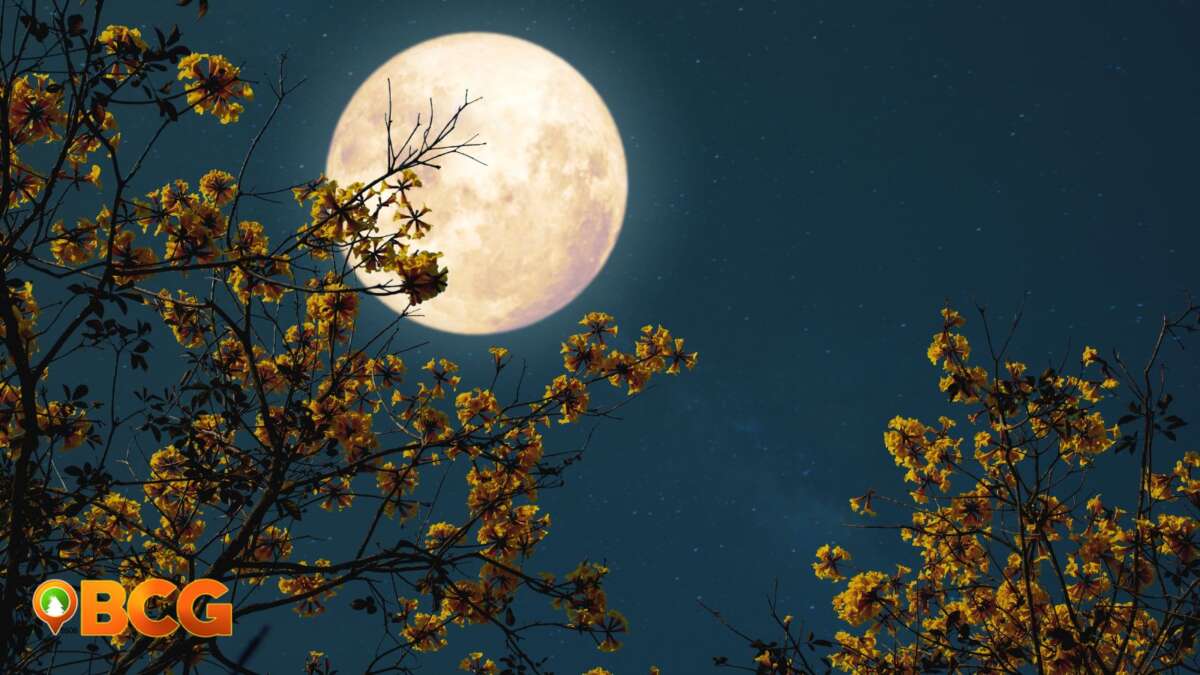Citizen Scientists Discover an Exoplanet as Big as Jupiter
Imagine looking through a set of data and accidentally discovering a planet located beyond our solar system that is as big as our largest planet Jupiter? This is what happened when a group of citizen scientists found an exoplanet possessing eccentric characteristics.
Thomas Lee Jacobs of Bellevue, Washington, and his team of citizen scientists discovered an exoplanet gas giant as big as Jupiter and is orbiting a star about the same mass as the Sun. It is estimated to be about 379 light-years away from Earth and a little farther from its star than Venus is from the Sun. Called the TOI-2180 b, the scientists confirmed their discovery through a paper published in The Astronomical Journal on January 13, 2022.
NASA allows anyone who is interested, “citizen scientists” — to join online volunteer projects and look through NASA telescope data for signs of exoplanets, planets beyond our solar system.
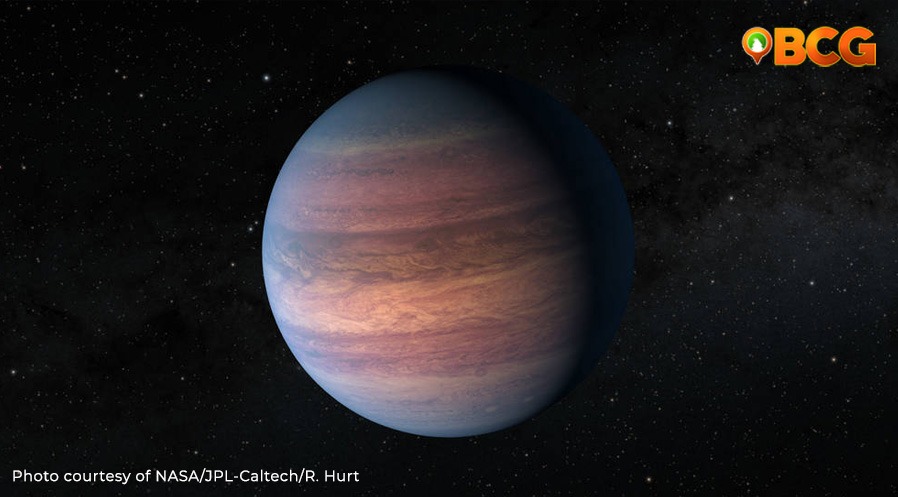
This illustration depicts a Jupiter-like exoplanet called TOI-2180 b. It was discovered in data from NASA’s Transiting Exoplanet Survey Satellite. Credits: NASA/JPL-Caltech/R. Hurt
Jacobs helped discover the exoplanet by looking at NASA’s Transiting Exoplanet Survey Satellite (TESS) data for changes in a star’s brightness over time. Changes in a star’s brightness are used to find new planets as it can mean that when a star dims or disappears, a planet is passing in front of the star from our point of view. This event is called a transit and is exactly what happened on February 1, 2020. Looking at plots using a program called LcTools, Jacobs noticed the starlight from TOI-2180 became less than half a percent dimmer and returned to its previous brightness level in a span of 24 hours.
Related: Astronomers May Have Found the First Planet Outside Our Galaxy
“With this new discovery, we are also pushing the limits of the kinds of planets we can extract from TESS observations,” Diana Dragomir, assistant professor at the University of New Mexico said. “TESS was not specifically designed to find such long-orbit exoplanets, but our team, with the help of citizen scientists, are digging out these rare gems nonetheless.”
What makes this exoplanet special, according to the authors of the study, are its other characteristics. While Jupiter orbits the Sun every 12 years, the TOI-2180 b is estimated to orbit its star for only 261 days. According to NASA, dozens of exoplanets outside of the solar system that is way bigger than Jupiter orbit much closer to their stars. However, none of these planets were seen to have rings or moons yet and it’s probably because their host stars’ gravity can strip these objects away due to close proximity.
Related: For The First Time, Lightning Sprites Detected on Jupiter says NASA
Since TOI-2180 b is located at a farther distance from its star, there could be a possibility for a search for moons and other objects orbiting the gas giant. “I think this is a fun system for that later on in the future,” lead author Paul Dalba said.
Based on TESS data, the scientists predict that TOI-2180 b will transit its star again in February 2022.
SOURCE: NASA

